Overview of Unix | Never miss the beginning
Let’s kick off our tale by diving into the world of Unix. Back in 1964, at the iconic Bell Laboratories in New Jersey, a group of brilliant minds embarked on a project to develop an Operating System (OS). Despite pouring in considerable efforts, their journey hit a roadblock, leading to the project’s halt in 1969.
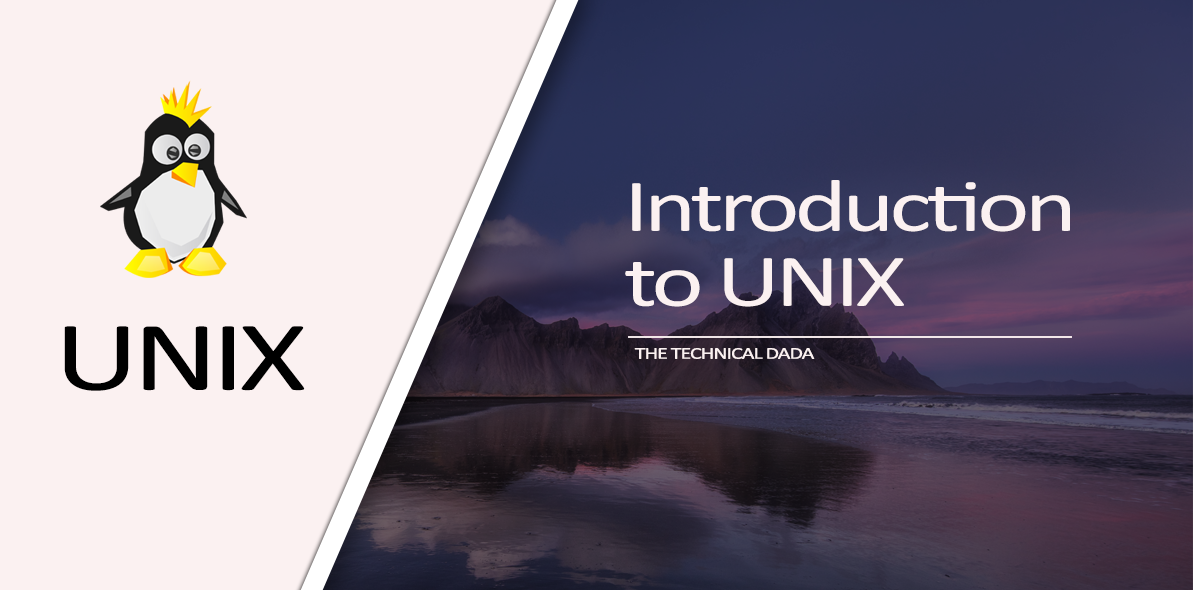
Following the setback, two resilient individuals from the original team recognized the significance of the project and decided to give it another shot. Familiar names emerged from this resurgence—Dennis Ritchie, the mastermind behind the C programming language, and Ken Thompson. Through their unwavering dedication, they brought forth a groundbreaking creation: Unics (Uniplexed Information & Computing Services), later known as Unix.
During its early days, Unics was freely available to the public—a gift of innovation to the people of that time. As the dedicated minds behind it continued to enhance and refine the system, it experienced remarkable growth. In 1975, a milestone was reached with the release of Unix v6. This marked the beginning of its widespread popularity, with numerous organizations adopting and customizing it to create their unique products, which were then introduced into the market. Some notable examples include IBM’s AIX, Sun Solaris for Sun Systems, Mac OS, HP’s UX, and, of course, Linux (presumed) are among the notable examples of Unix’s far-reaching impact.
The journey begins here
Fast forward to 1991, and Linus Torvalds finds himself in need of Unix for a project. The steep price tag, however, proves to be a barrier he can’t overcome. Realizing the injustice of such a limitation on knowledge and learning, he decides it’s time for a change.
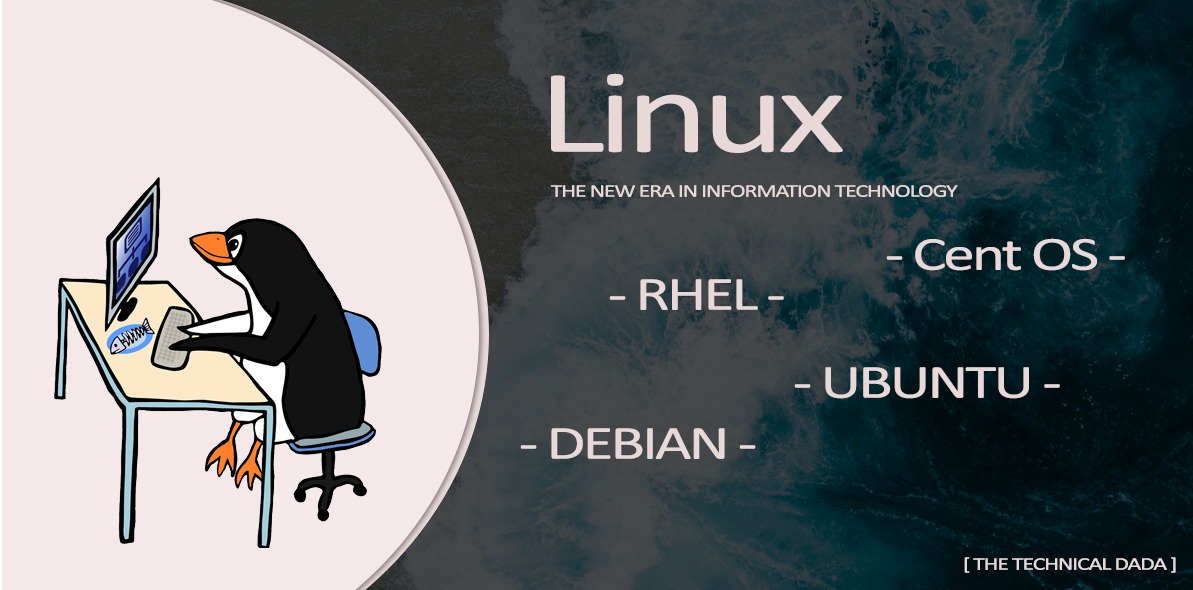
In response, Linus sets out on a mission to create an Operating System (OS) that is accessible to everyone, breaking free from the constraints of cost. While many assume Linux is based directly on Unix, the reality is a bit different. Linus drew inspiration from studying Minix, a creation of Andrew S. Tanenbaum, to craft the foundation of what would become Linux—a freely available OS without any strings attached.
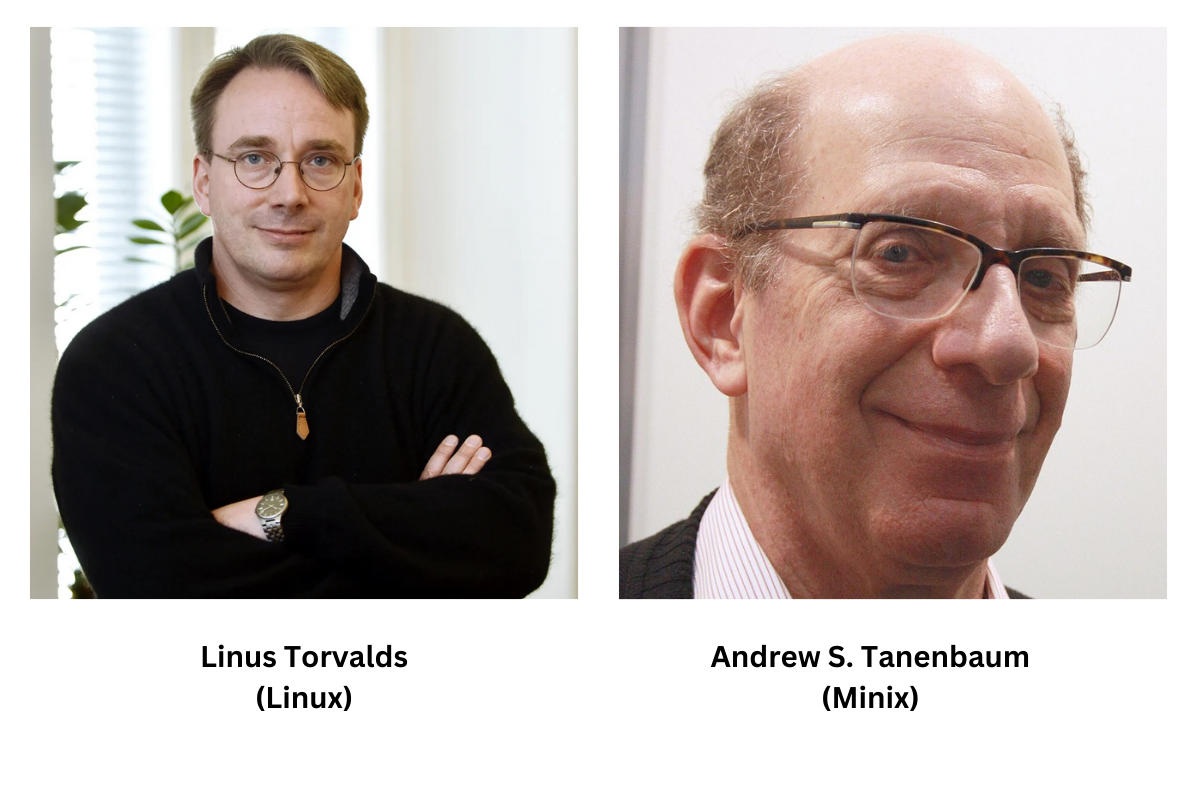
Between 1991 and 1995, a groundbreaking movement gained momentum, known as the Free Software Movement or GNU. At its core, the movement aimed to liberate individuals from the confines of paid software offered by prominent companies, advocating for the availability of free software accessible to everyone.
While we commonly refer to Linux as an operating system, it’s crucial to note that Linux is, in fact, a Kernel. It’s the combination of this kernel with the software suite (GNU) that transforms it into a fully functional operating system. I use the term ‘OS’ here for simplicity, as it aligns with the language familiar to many.
Following this, numerous organizations embraced the core Linux and tailored it to create their own unique flavors. These include well-known names like RHEL, Fedora, Debian, Ubuntu, CentOS, Amazon Linux, Kali, and many more.
In the realm of Linux, Ubuntu stands out as a crowd favorite, often regarded as the world’s most widely used flavor or version. It has secured a spot among the top three most utilized operating systems globally.


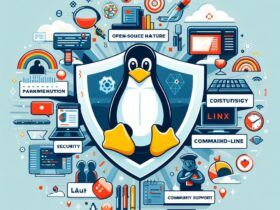

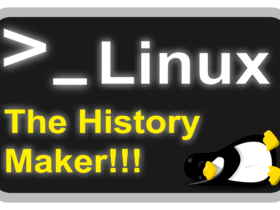

















Leave a Reply
View Comments